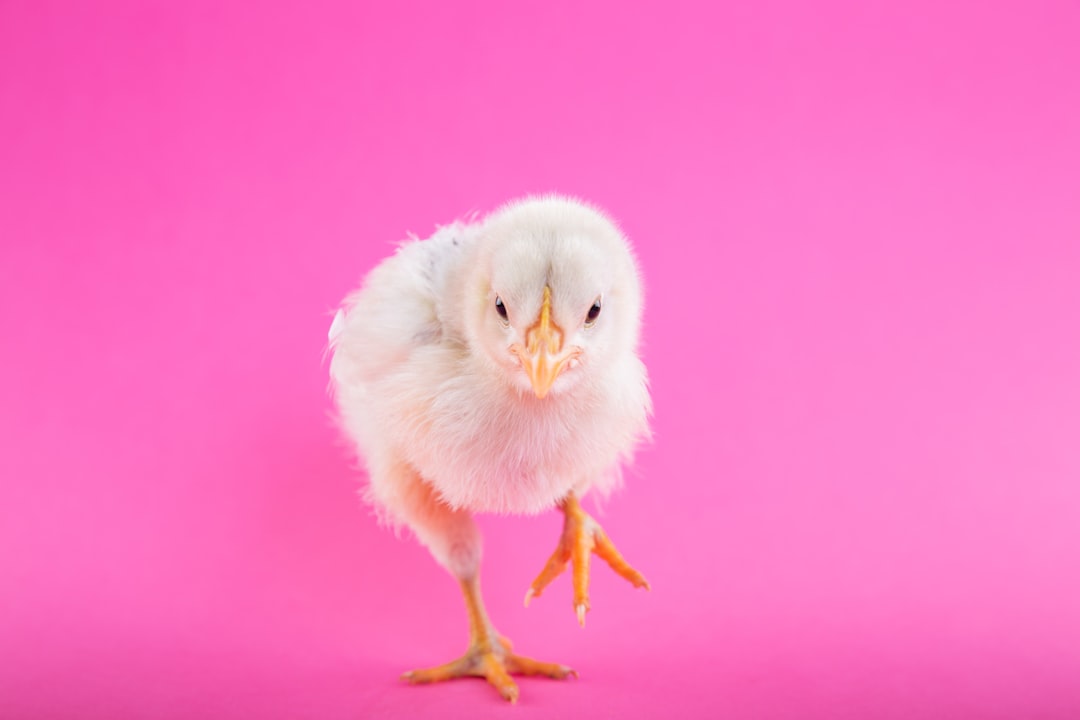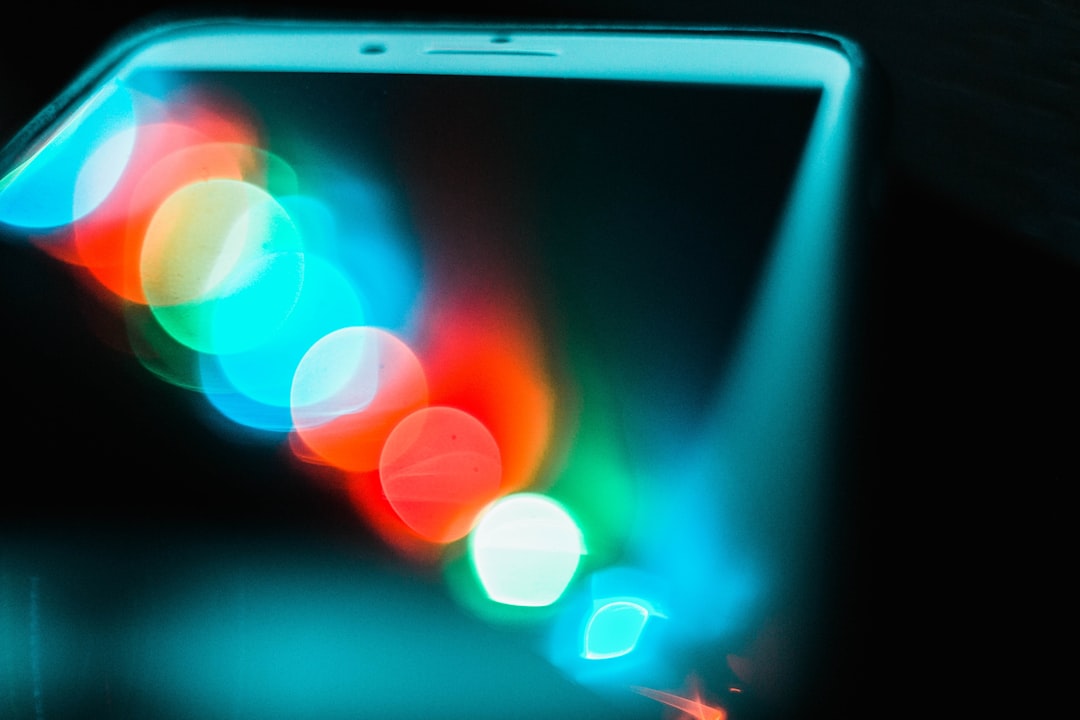What is it about?
You might expect that our appreciation and memory for artwork is a very subjective process that depends on factors like your previous experiences with art, your mood, or what you find beautiful. However, in this paper, we discover a computational model that can take in a piece of artwork and predict your chances of remembering it without knowing anything about you. It can successfully predict memory both in an experiment but also in a free form visit to an art museum (the Art Institute of Chicago). We find that the memorability of a piece is not just something about its aesthetics, emotion, or color content, but potentially something richer about how we process the image. More surprisingly, we find that our model can even predict the fame of a piece -- suggesting it might be partially the ability for a piece to stick in your memory that makes it more likely to become famous.
Featured Image

Photo by Josh Hild on Unsplash
Why is it important?
If we can predict the images people remember, this has huge implications for how we think about exhibit design, education, marketing, and even medical conditions related to memory. For example, you can design a textbook with particularly memorable figures for difficult material. And, related to this research, we have already found that certain images are better at diagnosing early stages of Alzheimer's Disease than others. So, this current research has implications not just for our scientific understanding of memory, but also helping people remember in the real-world.
Perspectives
This project was spearheaded by an amazing undergraduate in my laboratory -- Trent Davis. His tenacity and creativity resulted in this project that I am incredibly proud of. Our next plans are to run an art contest to challenge people to make the most memorable or forgettable art pieces, and I encourage anyone to consider participating! https://brainbridgelab.uchicago.edu/artcontest/
Wilma Bainbridge
University of Chicago
Read the Original
This page is a summary of: Memory for artwork is predictable, Proceedings of the National Academy of Sciences, July 2023, Proceedings of the National Academy of Sciences,
DOI: 10.1073/pnas.2302389120.
You can read the full text:
Resources
Contributors
The following have contributed to this page










